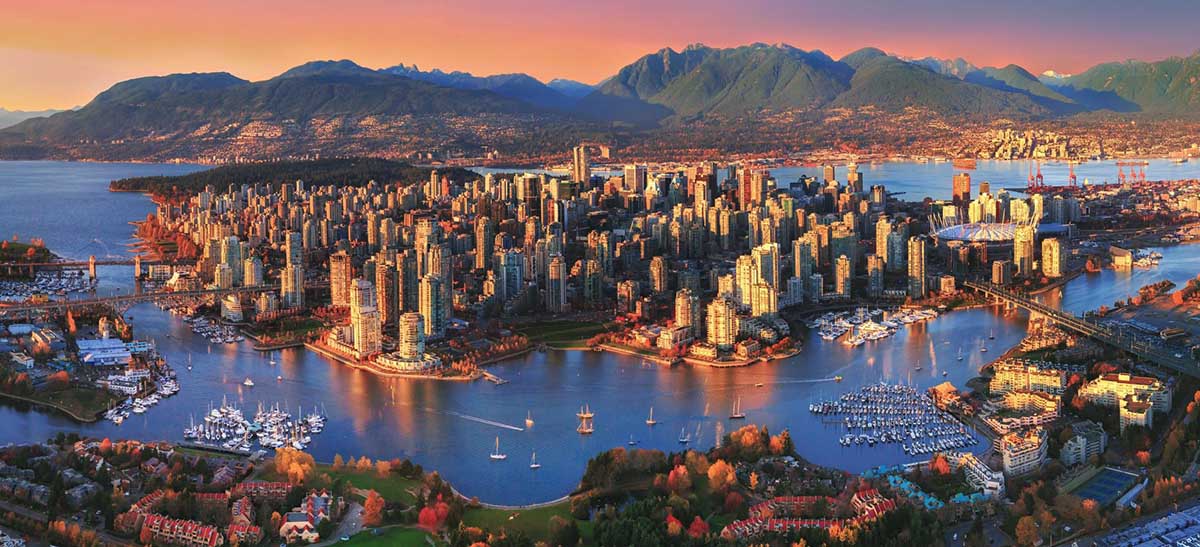
Canada is made up of ten provinces and three territories, the capital is the city of Ottawa and its population, in some parts of its territory, speaks French as well as English.
But what are Canada's largest cities?
Toronto

Is the largest and most populous city in the country, even without being the capital. In the last decade it has grown so much that it has become the fourth largest city, not in the country but in all of North America.
Is the capital of the province of Ontario and the national financial center. It is on the northwest shore of Lake Ontario and is super cosmopolitan, populated with immigrants from all over the world. In fact, almost half of its population was not born in the country.
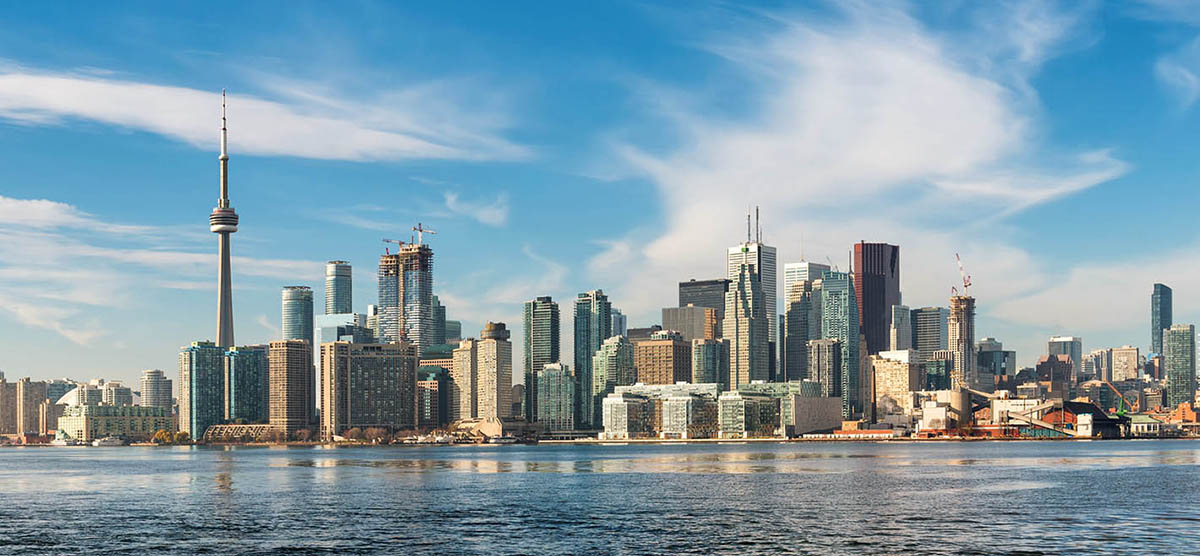
The french came first, but it was the English who built a fort and gave rise to the first settlement and later, in the midst of the American War of Independence, the imperial troops settled here.
When you go to visit do not forget to know the CN Tower, the fourth tallest structure in the world, Chinatown, Portugal Villa, Little Italy and similar neighborhoods related to the Indian, Greek and Korean communities as well. The queens quay, a pier on the lake, is also a beautiful promenade lined with shops.
Montreal
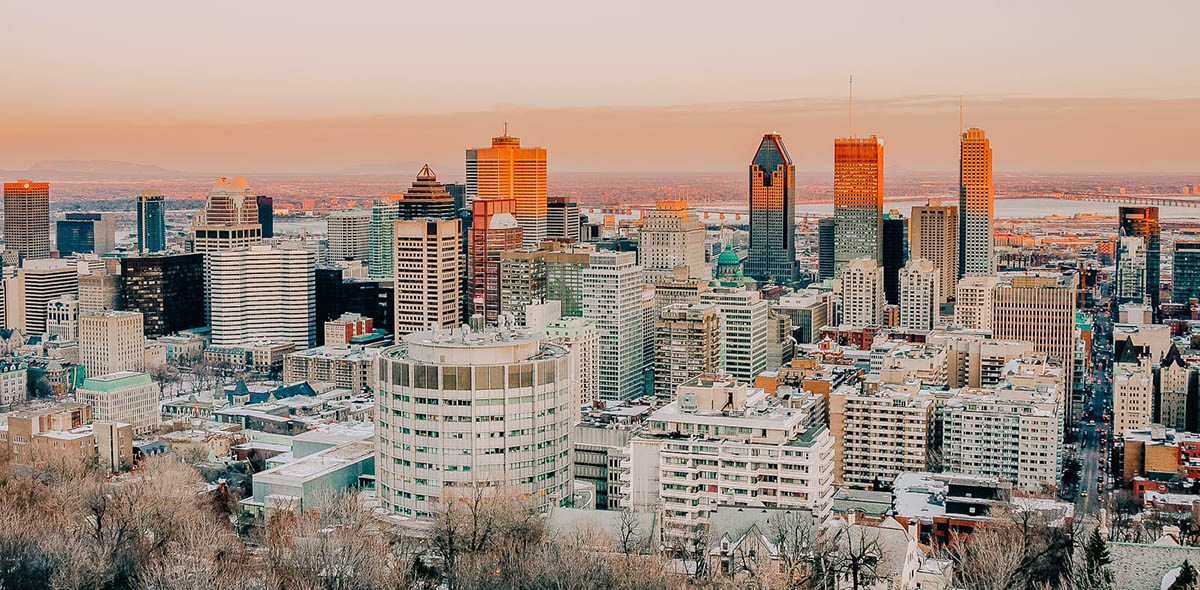
Montreal is in the province of Quebec and if Toronto averages 6 million inhabitants, this city has just over two million. At some point it was a city in which its population did not stop growing, but due to the relocation of some companies from the '70s (beginning of globalization), the trend began to go in reverse.
The city is on the island of the same name between the Riviere des Praires and the Saint Lawrence River and, as you may know, here French is spoken. Hand in hand with its heritage, culture is of great value, and many important national events are celebrated there. The cultural level of its population is stupendous, with its four universities.

Montreal it was founded in 1642 so it is one of the oldest cities in the nation, and until the 60s it shone as a financial center, a place that was taken from it by Toronto. Three tribes inhabited these lands before the arrival of the French, who were looking for gold, and the most important indigenous settlement was a thousand people. But the gold was not gold, just pyrite or quartz, so not much progress was made. Years later the missionaries would arrive to build a fort that the Indians did not stop attacking.
Although the English were present and at some point in its history they were the majority, the arrival of French immigrants in the XNUMXth century ended up defining the French imprint forever. You can see it in its monuments and buildings, but in addition to the French legacy, the city has beautiful parks, boulevard to get lost walking for a while, representative of the rich cultural diversity of the city, museums and theaters.
Calgary

It is the third largest city in Canada, it is in the province of Alberta, in the west of the country, between hills and plains, about 80 kilometers from the famous Rocky Mountains. Different native peoples inhabited the area, until the Europeans arrived in the XNUMXth century. It was first called Fort Brisebois and later Fort Calgary.
At the end of the XNUMXth century the train arrived and with it immigration since the government gave away land to people who wanted to settle in the central zone of the country, as a measure to populate it. Thus, many crossed from the United States but also from Scotland and Ireland. Many Chinese then work on the railway and some of them also end up staying.
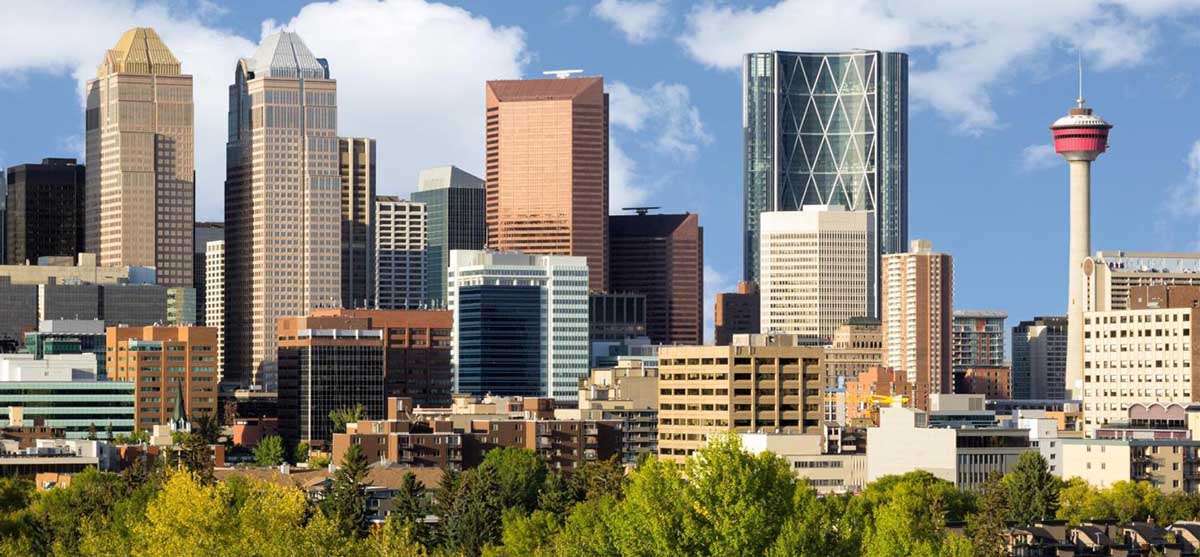
Oil was discovered at the beginning of the XNUMXth century, although more than four decades later the deposits began to be taken more seriously and then came the Calgary boom. And then again, with the oil crisis of 1973.
Downtown Calgary has five neighborhoods and then there is a very large suburban area. Its winters are long and dry and its summers hot and short.. Don't go in winter if you don't like extreme cold, but still It is one of the sunniest cities in the country.
Ottawa

Is the capital city of canada but as we can see, it is not the most populated, with just over a million inhabitants. It is 400 kilometers from Toronto and only 200 from Montreal. It has been the capital since Queen Victoria decided in 1857, as it is a neutral territory for the two most important communities, the British and the French.
The word derives from the native odawa which means "to trade". It has many urban areas, it is crossed by the river of the same name, it enjoys a temperate climate, with hot summers and quite cold and snowy winters.

You can visit several museums, history, natural, photography, there is even one dedicated to the war, its parks and recreational areas that are very numerous, and if you go in spring you can see the tulip festival, flowers that arrive as a gift from the Dutch royal family.
Edmonton
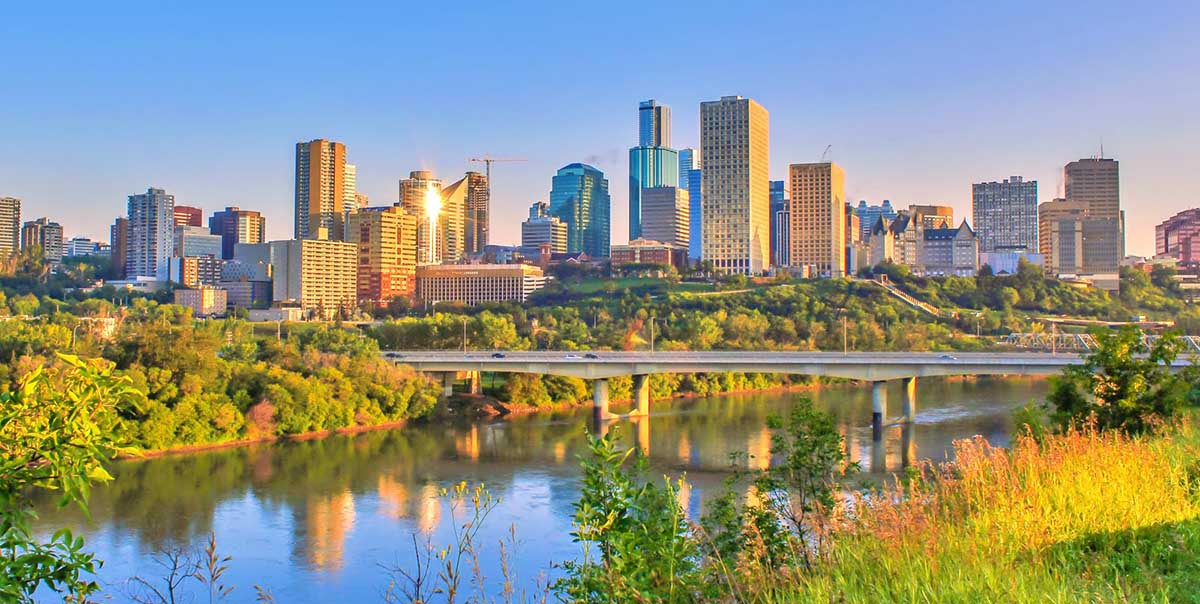
Is the capital of the province of Alberta, in a super fertile area, and behind Calgary is the most populous city in Alberta. Between them there are 300 kilometers. The truth is that it is not a very populated city, does not reach a million inhabitants, and the population density is really low, but still It is the cultural and government center of the province.
I don't know if you like shopping malls but as a date it's worth saying that here is the one that once was, from 1981 to 2004, the largest shopping center in the world, the West Edmonton Mall. Like Calgary, it experienced a oil boom that had its effect and its urban skyline is very modern.
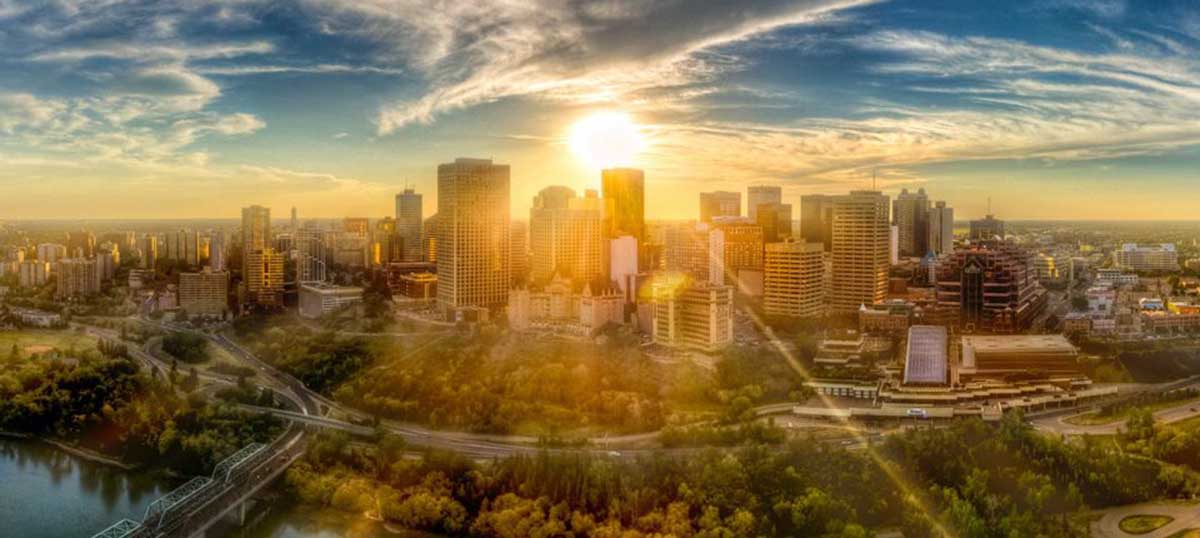
At the same time it is a very green cityIn fact, the valley where it sits is twenty-two times larger than New York's Central Park. There are elms, pines, firs, birches, ash, maples, walnuts…
as you can guess, winters are very cold, always minus 0 degrees. So, if by any chance you go in winter, you should visit museums: The Alberta Aviation Museum, the Royal Museum, the TELUS, of science, the Art Gallery and Fort Edmont Park, the largest living history museum in the world. country.
Vancouver

And finally, Vancouver, on the Pacific coast, in the province of British Columbia. It is next to the Strait of Georgia and is part of the Burrard Peninsula. Although Vancouver Island exists, the city is not on it.
It is one of the cities with warmer weather of Canada, for its Pacific coast, but also one of the most humid. Its population does not exceed 600 thousand inhabitants and it is really very diverse. Many communities have settled in it, from all over the world.
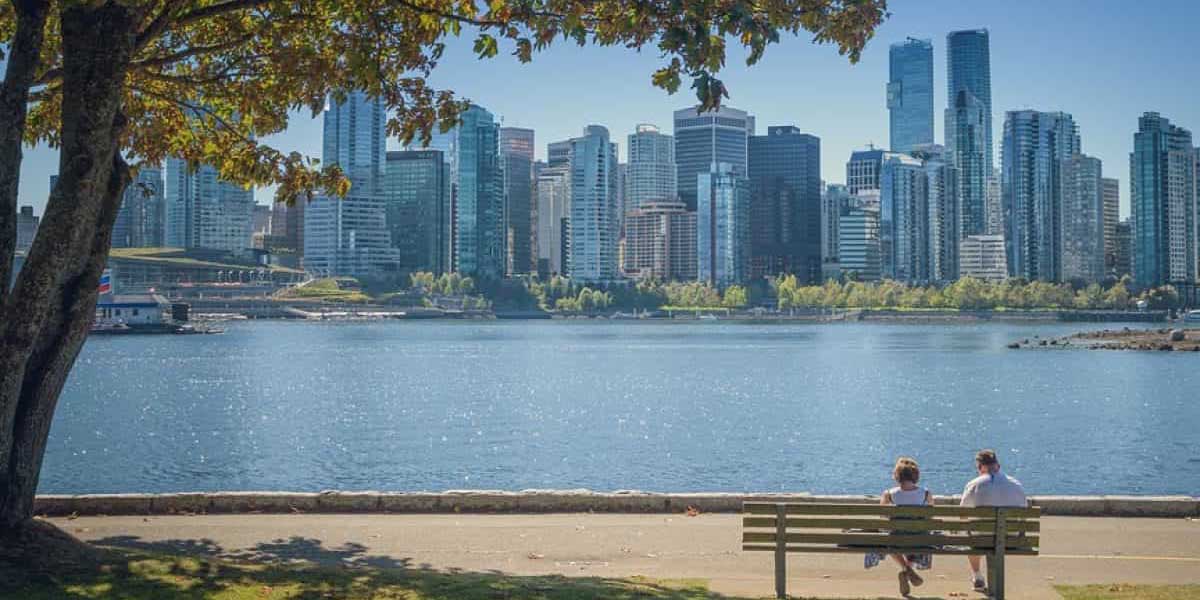
The city originally dates from the mid-nineteenth century, when it was the Gold Rush, but its valuable port has also given settlers. It is the most important seaport in the country. Even so, beyond the industries that characterize it tourism has grown much of a time at this part and the same can be said of the film industry, occupying the third place behind Los Angeles and New York. Not bad for Vancouver.
When you go, do not forget to walk, visit its parks, its beaches and its museums.